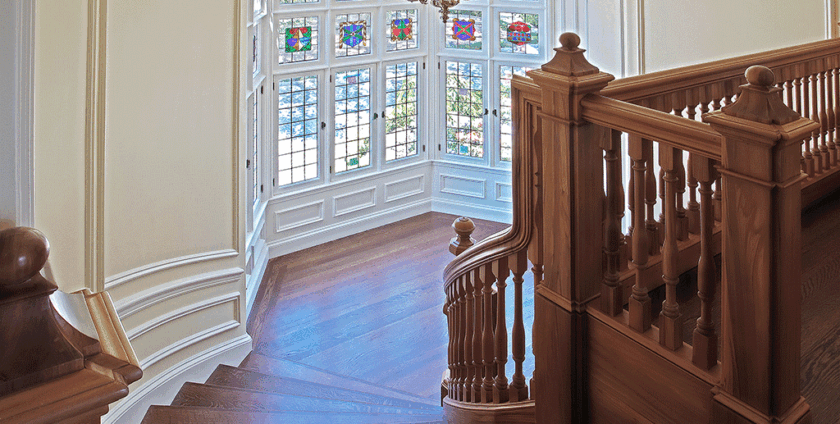
A Comprehensive Guide to Inspecting Hardwood Floors: Setting Realistic Expectations
Hardwood floors exude timeless elegance and enduring appeal, making them a popular choice for homeowners seeking a touch of sophistication. However, before committing to these luxurious flooring options, it’s crucial to understand the nuances of inspecting hardwood floors and establishing realistic expectations. From acceptable blemishes to the influence of natural features, on-site finishing considerations, and the importance of proper inspection conditions, this guide will navigate you through the key aspects of evaluating hardwood floors.
Acceptable Blemishes and Natural Features: Embracing Nature’s Signature
Hardwood is a natural material, and as such, it carries inherent characteristics that add to its charm. Acceptable blemishes, such as small knots, mineral streaks, and color variations, are part of the wood’s natural beauty and do not compromise its structural integrity. Rather than viewing these imperfections as defects, it’s essential to understand that they contribute to the uniqueness of each plank.
Natural features like grain patterns, swirls, and mineral deposits are not only acceptable but are often sought after for the character they bring to the floor. Embracing these features and recognizing them as part of the wood’s identity can enhance your appreciation for the material and its origins.
On-Site Finishing: Handcrafted vs. Clean Room Conditions
The finishing process plays a pivotal role in determining the final appearance and durability of hardwood floors. On-site finishing done by hand offers distinct advantages and considerations.
Handcrafted finishing provides a personal touch and allows for customization to match specific preferences. It may, however, result in subtle variations and imperfections that are inherent to the manual sanding and finish application process. On the other hand, finishing in clean room conditions (factory finished hardwood) ensures a more uniform and controlled application, reducing the likelihood of inconsistencies at cost of reduced color and sheen choices.
Inspecting in Standing Position: Minimizing Glare for Accurate Evaluation
When inspecting hardwood floors, the viewing angle is crucial for a comprehensive assessment. Standing position that is not against glare from doors or windows provide a more accurate representation of the floor’s appearance and is a industry accepted method of evaluation. Harsh lighting conditions can exaggerate imperfections or create misleading impressions. By adopting a standing position that minimizes glare, you can make informed judgments about the overall quality and aesthetics of the hardwood flooring.
Realistic Expectations: Balancing Perfection and Nature’s Touch
Setting realistic expectations is paramount when investing in hardwood floors. While manufacturers and floor finishers strive for excellence, the natural variability of wood and on-site manual finishing challenges makes absolute perfection unattainable. Recognizing the difference between genuine defects and the inherent beauty of wood’s natural features is key to achieving satisfaction with your hardwood flooring.
- By: prest1ge1hardwoodfloors" >prest1ge1hardwoodfloors
- Category: Blog, Educational
- 0 comment
